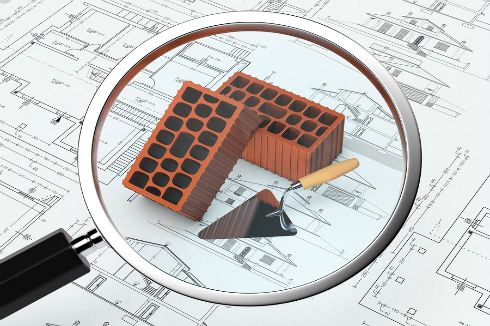Roof gutters, downpipes, ceilings, walls and sheet flooring. These are key areas where asbestos and asbestos containing materials or ACMs, may be present. These hazardous materials are not only found at home, but in old buildings that serve as offices as well.
To promote the well-being of your employees, you need to identify asbestos in your workplace. You should also conduct an asbestos assessment in different areas and implement plans to prevent employees from getting exposed to this hazardous mineral, ensuring their health and safety.

The personnel who will conduct the asbestos testing need to gather relevant information to determine where ACMs may be present in the building. To help carry out the task of identifying asbestos and assessing potential ACMs in the workplace, here are a number of factors that should be taken into consideration.
Date of the Building Construction
Asbestos was commonly used as insulation and construction material in buildings until the late 1980s when bans of its manufacture and use were implemented. However, the bans were only completely in place on 31 December 2003. This means that there is a possibility that buildings constructed during 1980s to 2003 may still have ACMs.
Additions, Renovations and Extensions
Even if the original building constructed during the 1980s to 2003 exhibits no signs of asbestos or asbestos containing materials, any additions, extensions or renovations done during this period may involve the use of asbestos and ACMs. Hence, it’s best to check whether the offices in your workplace have undergone repairs and refurbishment during this period.
Types of Materials Used for Construction
Timber, steel, cement sheets and bricks are the primary materials used for building construction. If the cement sheets and vinyl tiles were installed around the 1990s, there is a possibility that some areas in your buildings, such as the toilets and bathrooms, may contain asbestos bonded to the cement particles. Steel pipes installed throughout the building during this period may also carry water and sewage that contain asbestos.
The date of the building construction; additions, renovations and extensions; and the materials used to construct the structure are crucial factors to help you identify and assess whether your workplace has asbestos or ACM sources.
If there is uncertainty as to whether asbestos and ACM sources are present in any part of your workplace,it’s best to have the building checked by a specialist. Contact Asbestos Check today.
Our qualified consultants can conduct an in-depth asbestos inspection to identify, assess and control potential ACM sources, preventing your employees from the risk of exposure and ensuring their safety and well-being.

